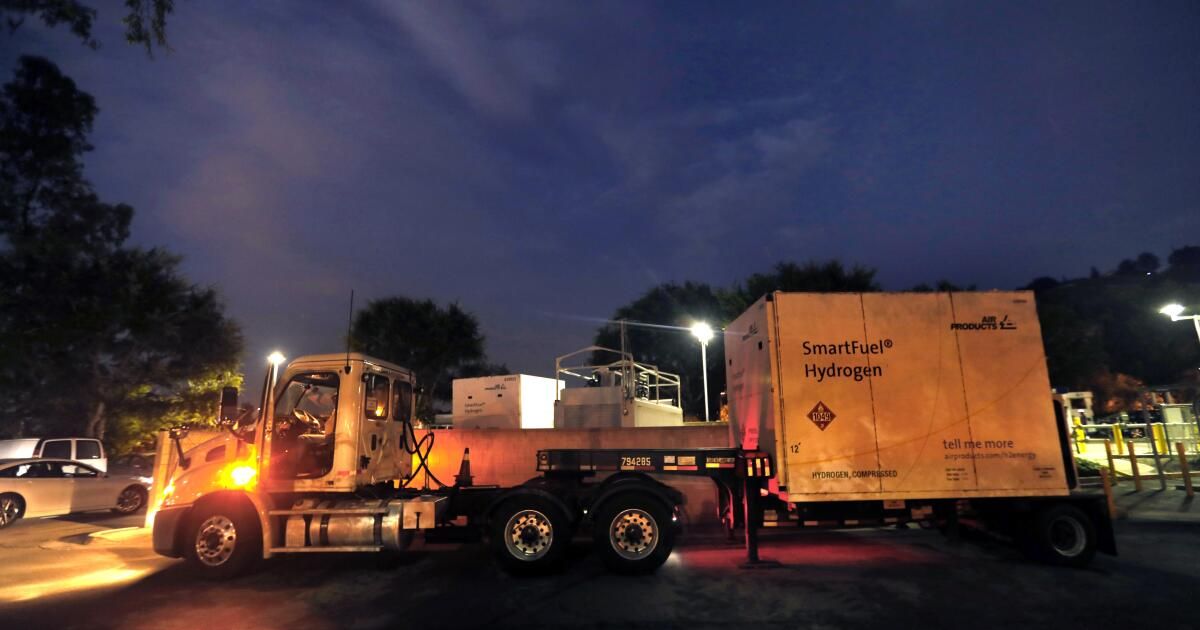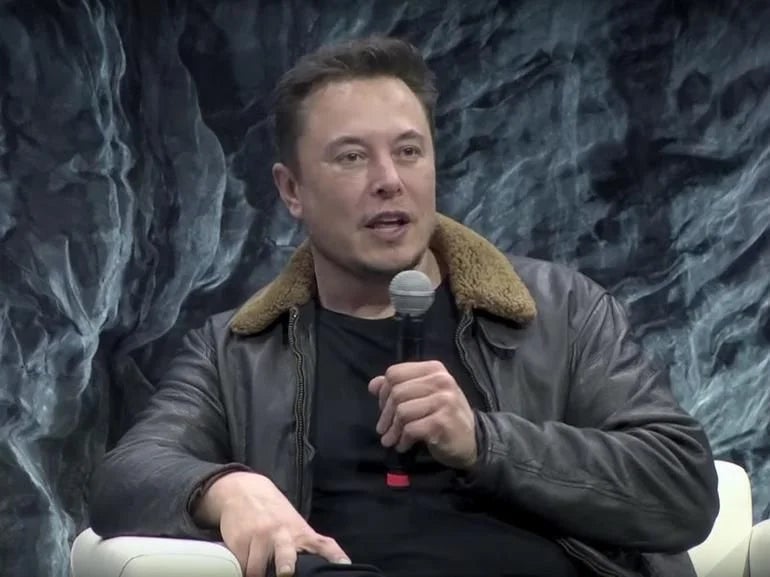The Inflation Reduction Act, signed by President Biden more than a year ago, is a groundbreaking law that invests hundreds of billions of dollars to fight climate change and boost renewable energy.
It includes lucrative tax credits aimed at making clean hydrogen cheaper to produce, which are expected to funnel more than $100 billion in taxpayer funds toward this nascent technology. As a fuel that only releases water vapor when burned, hydrogen is a promising tool for reducing emissions from industries that will be harder to clean up through electrification, such as steel, cement, aviation and long-haul trucking. distance.
But the climate benefits of hydrogen evaporate if it is produced with fossil fuels. That’s why it’s important for federal officials to ensure that the most valuable incentives only support truly “green” hydrogen projects that don’t increase carbon emissions. And that’s why it was a relief to see the Biden administration last month release unexpectedly strict rules requiring hydrogen projects to meet rigorous life-cycle emissions standards to qualify for the most generous tax credits.
It is much cheaper to produce hydrogen with methane, a highly polluting fossil fuel, than with electricity. These subsidies are designed to change that economics by making hydrogen produced with renewable energy cost competitive.
Clean hydrogen is produced by splitting water molecules using huge amounts of electricity. These energy-intensive projects can hoard clean energy from other users and actually increase fossil fuel consumption.
To avoid this, environmentalists pushed for hydrogen projects to meet strict requirements to be eligible for the more generous tax credits of $3 per kilogram of “clean” hydrogen, including powering it with additional sources of zero-emission electricity, such as wind and solar; be generated at the same time of day that the water dividing equipment is operating; and be able to be delivered within the same region where the hydrogen is produced.
The Treasury Department’s standards released last month largely adhere to these principles, to the delight of environmentalists and the dismay of business groups, who pushed for looser requirements, and of pro-fossil fuel politicians like Sen. West Virginia Joe Manchin III. There are still details to be worked out, but federal officials are on the right track.
California has a lot at stake because the Biden administration selected the state as one of seven regional “clean hydrogen hubs” across the country that will receive $7 billion in federal infrastructure funding. So it’s disappointing that the Alliance for Clean and Renewable Hydrogen Energy Systems, the state-led public-private consortium behind California’s hydrogen hub plan, was among the groups advocating against stricter standards. arguing that they would be too burdensome and would put clean hydrogen in a difficult situation. a disadvantage compared to other technologies.
Being strict about what is considered green and clean is the right thing to do for the climate, as is reserving the biggest incentives for hydrogen production that actually reduces planet-warming emissions. Consumer advocates have also appropriately emphasized that such guidelines are necessary to protect ordinary people from rising electricity rates that could result from hydrogen projects that divert energy from existing renewable energy sources.
Clean hydrogen is still in its infancy, and state and federal leaders should monitor how these incentives are helping to grow a sustainable industry. We cannot afford to waste tens of billions of federal climate funds on projects with questionable environmental effects.












